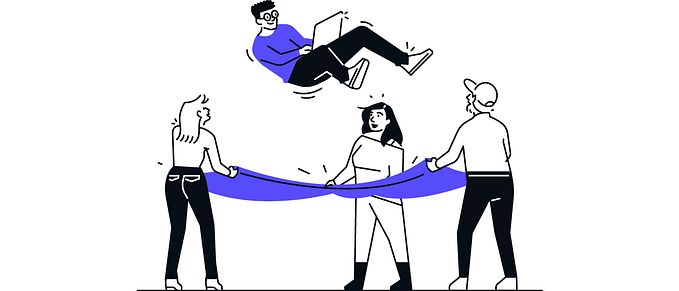Member-only story
How Losing My Sight Made Me a Better Designer
The design world is woefully deficient in creating positive, equal experiences for people with disabilities

One isn’t bad
I bent over one day and like ink swirling into a glass of water, there it was. A coil of thick, pulsing threats. I didn’t know what it was saying to me, but I knew it was menacing. It’s been three years since a retinal specialist told me I had degenerative retinal disease.
Designing with one eye in 2D is actually not hard. It’s all the stuff around it that accompanies vision loss. It’s the depth-perception loss, people assuming you can see them and giving way, being snuck up on accidentally 100 times a day. The fear is the worst. After six surgeries on the right eye, you start to lose hope that you will see for much longer. I began feeling clinched with anxiety that one morning I would open my eyes and the good eye would be swirling with night.
I started to carry a folding white cane with me in my backpack. So I could make it home if I needed to.
The problem is the lack of parity in the usability and context of experience for able people and for people using assistive technology.
Lucky number seven
I did lose my sight in my left eye and, even before I was blind, things became inoperable. February to April felt like the longest three months of my life. Over a month of slowly losing my vision, and then six weeks of recovery after surgery (my seventh eye surgery but first on this eye). I was lucky: Surgery was successful and I just had to take things slow. I went back to work, the first day a complete blur. Mundane was suddenly fantastic.
The reason those three months were so long was not because I was having trouble accepting losing my vision. I do not think that being disabled makes my life worse or “special” — just different. But I was frustrated by how hard it was to use things that I used before. My experience wasn’t just a learning curve with assistive tech; I learned that with flying colors. The problem is the lack of parity in the usability and context of experience…









